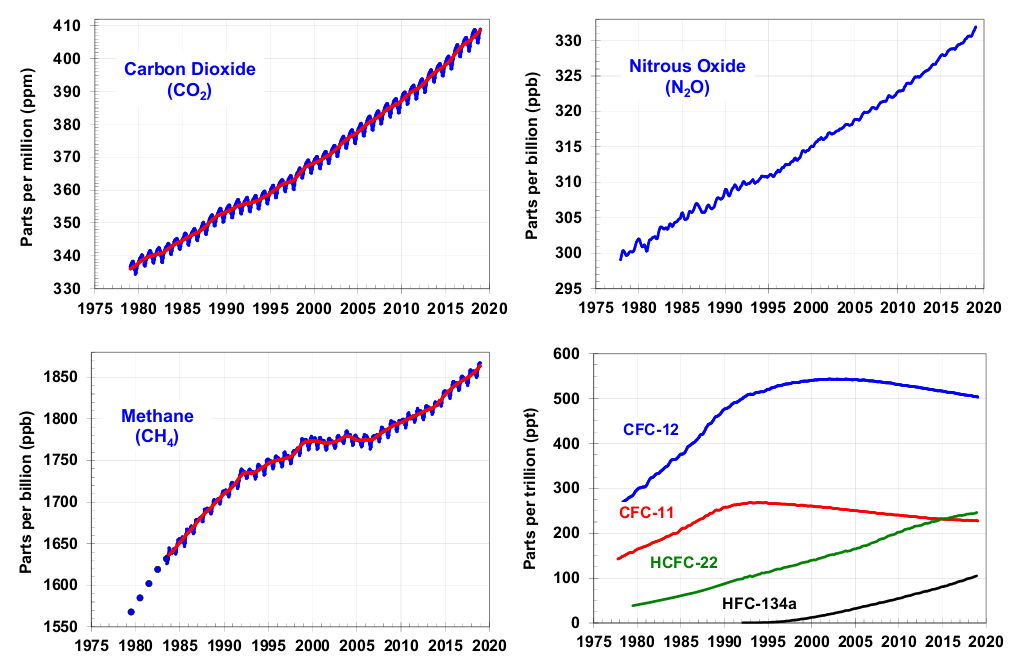Climate change: Sea ice, global cooling, and other nonsense:
I was rather pleased in my travels last week to get a glimpse of the news that the Arctic ice caps had been expanding again. They had been shrinking, and getting smaller at an increasing rate, so statistically, we were certainly due for a recovery. I saw a 60% recovery, however, so I was a little skeptical.
So I just now get a chance to check into it, only to find that the Global Cooling Loon David Rose was at it again, spreading (lies?) misinformation around the nation (UK). You often wonder if he is let out of the asylum, or simply makes this stuff up inside.
You wonder who, if anyone anywhere, would possibly be served by printing such blatant miss-information.
Here’s a great article about the whole thing by Plait. (@BadAstronomer)
A 60% recovery of the ice caps? Look at the graphic. Last year was so horrible that ships were easily able to navigate the north pole. This could have, and should have, gotten everyone’s attention everywhere.
So this year wasn’t that bad. Yeah!:-)
It was bad, however. Ouch!:-( … With more than 1 standard deviation below “normal” for the last 30 years. On a grade-point scale, I would rank this as moving from a low F to an F+. (Plait offered up a D- grade, but was probably grading on the curve.)
So DailyMail gets some traffic, from printing this garbage. The people who take the headline and run, continue to get steered down a dead-end hole of misinformation.
Nonsense.

